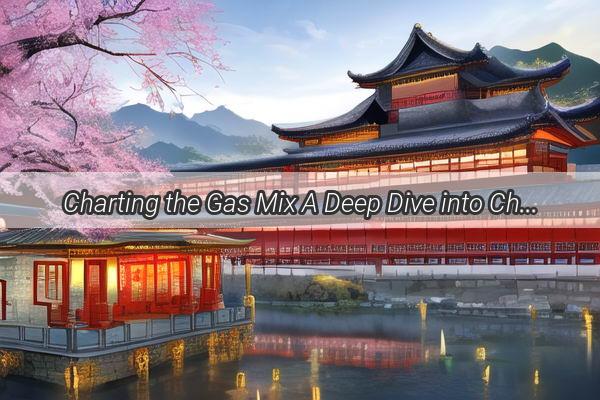Cinematic Epics The Grand Entrances and Exits of Chinas Best Movies
In the realm of cinema, the opening and closing sequences are more than just bookends; they are the first and last impressions that linger long after the credits roll. China's film industry, with its rich tapestry of storytelling and visual mastery, has produced some of the most stunning and memorable introductions and conclusions to films. Let's delve into the artistry behind the best Chinese movie openings and endings that have captivated audiences worldwide.
The Opening: A Symphony of Storytelling
The opening of a Chinese film is often a cinematic symphony that sets the tone for the entire narrative. Here are a few that have set the stage with grace and poise:
1. Crouching Tiger, Hidden Dragon (2000) - With its mesmerizing opening scene of a bamboo forest, Crouching Tiger, Hidden Dragon introduces the serene yet dangerous world of ancient Chinese martial arts. The tranquil imagery contrasts beautifully with the film's later, action-packed sequences.
2. Hero (2002) - Zhang Yimou's Hero begins with a breathtaking chase through a snowy landscape, showcasing the film's commitment to stunning visuals and a narrative that explores themes of loyalty, betrayal, and sacrifice.
3. The Road Home (1999) - Directed by Zhang Yimou, this heartwarming film opens with a train station scene that captures the essence of Chinese New Year. The simple yet poignant imagery sets the stage for a story about love, longing, and the human spirit.
The Closing: A Final Bow to Perfection
The closing scenes of Chinese films are as much about leaving the audience with a lasting memory as they are about wrapping up the story. Here are some that have left viewers in awe:
1. Let the Bullets Fly (2010) - Directed by Zhang Yimou, this film ends with a dramatic shootout that mirrors the film's themes of justice and chaos. The closing scene is a masterful blend of action and emotion, leaving viewers on the edge of their seats.
2. To Live (1994) - Zhang Yimou's masterpiece concludes with a poignant image of the protagonist, Daming, walking away from his past life as a revolutionary. The shot lingers, symbolizing the bittersweet end of a turbulent era.
3. Farewell My Concubine (1993) - This epic film, directed by Zhang Yimou, closes with a powerful scene of the main characters performing a traditional Peking opera, encapsulating the film's exploration of the human experience through the ages.
The Art of the Chinese Movie Opening and Closing

What makes these openings and closings so compelling is the seamless blend of visual storytelling, music, and emotional resonance. Chinese filmmakers have a unique ability to use these moments to not only introduce their films but also to reflect on the cultural and historical contexts that shape their narratives.
The opening of a Chinese film is not just a gateway to the story; it's an invitation to enter a world that is as vast and intricate as the characters who inhabit it. The closing, on the other hand, is a farewell that lingers, a reminder of the profound impact of the journey just undertaken.
In a world where cinema is a universal language, the art of the Chinese movie opening and closing stands as a testament to the power of storytelling. Whether it's the graceful movements of a martial artist or the emotional journey of a character, these moments are etched into the memory, proving that the best films are not just seen, but felt.









